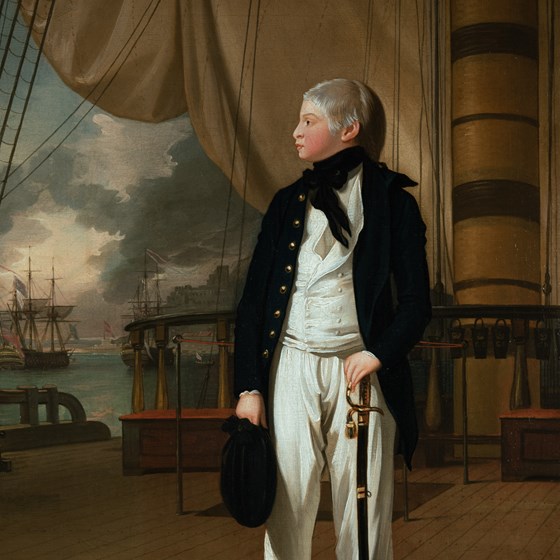DESCRIPTION
French & Company was founded in the mid-19th century and was active supplying American robber barons and the museums they founded with decorative arts, sculpture and tapestries. In 1968, Martin Zimet, a former Wall Street banker and oilman, bought the firm. Henry joined the business in 1981. Today, we buy and sell European paintings from the Renaissance to the mid-20th century. Our inventory includes paintings by Gustave Courbet, Willem Claesz Heda and many other treasures. Over the past decade, several important American and European museums have been clients. We welcome inquiries and are open by appointment.




 (212) 535-3330
(212) 535-3330
 henry@frenchandcompanyart.com
henry@frenchandcompanyart.com https://www.frenchandcompanyart.com/
https://www.frenchandcompanyart.com/